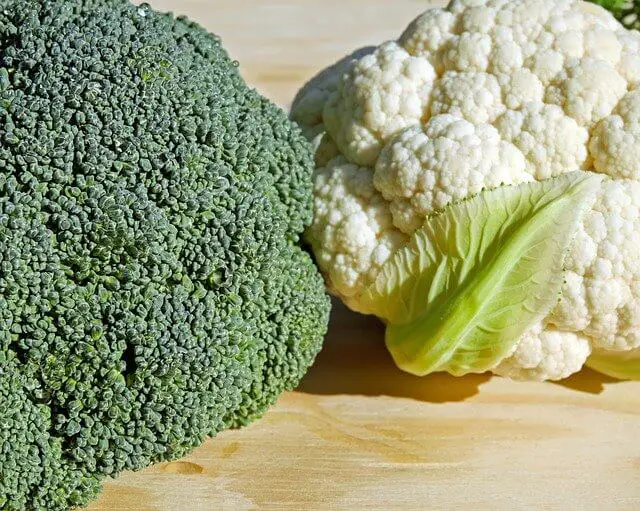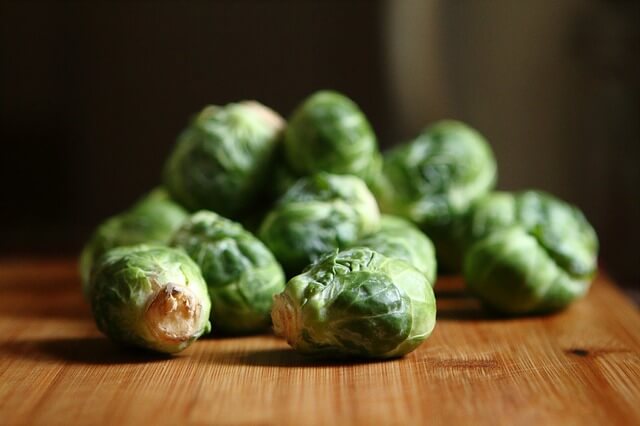Fresh ginger is nice to have on hand, but you probably don’t use it all before it goes bad. Even when you buy a modest amount of ginger, you frequently have more than you need, thus many questions if you can freeze ginger.
Yes, you can freeze fresh ginger, but how you freeze it depends on how you want to utilize it in the future. One of the reasons people want to learn how to freeze ginger is that it retains its powerful taste. Ground ginger, no matter how much you use, will never provide your meals with the powerful explosion of flavor that fresh ginger does.
Ginger root may be stored at room temperature or in the refrigerator for up to three weeks before drying into a tiny lump or decomposing. You may keep ginger root fresh for up to six months by freezing it.
Top Tips for Freezing Ginger
Ginger, like other fruit, has a finite shelf life. Prepare the spice according to how you intend to use it. The easiest approach to keep ginger for later use is to freeze it.]
Ginger may be frozen in a variety of methods, all of which are simple and take little time. Let us teach you the best ways to freeze ginger so you can substantially reduce the amount of food you waste.
Ginger may be stored in the freezer for six to nine months after it has been thoroughly frozen. Label and date your containers to ensure that the oldest things are used first and that you may enjoy the fresh flavor of ginger in any cuisine.
Can You Freeze Ginger?
Freezing fresh ginger root, like freezing cilantro, is a viable option that extends the herb’s shelf life. Before you start freezing ginger, make sure you use the nicest bits you can locate. When buying ginger, choose aromatic, plump, firm, and unwrinkled slices for the finest flavor.
Although most local grocery shops sell fresh ginger roots, they may not be the freshest. Ethnic grocery stores, particularly Indian and Asian ones, are wonderful sources of fresh ginger since that type of cooking uses it more frequently.
To have fresh ginger anytime you want it for your favorite dish, sprout it yourself from a store-bought piece of root. It is simple to cultivate both indoors and outdoors.
Best Tip for How to Freeze Ginger
If you’re searching for a simple way to freeze ginger, we recommend freezing it whole. It’s the same advice we offer to people who inquire if fresh green beans may be frozen. Before freezing, there is no need to wash, peel, grate, or slice the ginger root.
To fast freeze it, leave the peel on the ginger and throw it in a Ziploc freezer bag. Wrap the ginger in plastic wrap and place it in a freezer-safe plastic bag or an airtight container.
Another alternative is to peel and freeze the ginger first. Some individuals prefer to peel and freeze ginger because frozen ginger is easier to grate than fresh ginger. Because fresh ginger is fibrous, the grating can be difficult because the fibers don’t always want to cooperate.
If you peel it before freezing it, you can easily grab a chunk of ginger when you need it and swiftly grate the precise quantity the recipe requires. To avoid freezer burn, remove as much air as possible from the freezer bags before freezing.
Tips for Grating Ginger
Fresh and frozen ginger may both be grated. Fresh ginger is more difficult to grate than frozen ginger because it is moister.
Before grinding the root, peel it completely. Grate frozen ginger root in its entirety. Decide on the size of the holes on the grater you want to use before you begin grinding. Use a box grater with medium or small holes, or a Microplane grater. Ginger should be stored in the freezer once it has been granted.
Methods for Freezing Ginger Root
For best benefits, exclusively keep ginger root in the freezer for up to nine months, regardless of freezing technique. Before freezing ginger, wash and dry it with a paper towel after peeling it.
Method one is dividing the ginger into one tablespoon or teaspoon portions in an ice cube tray. Press the ginger down into each cube as much as possible to compress them together.
Place the ice cube tray in the freezer for at least eight hours, preferably overnight. Once frozen, remove the ginger from the cubes and store in a freezer-safe container until ready to use.
The second method necessitates the use of a cookie sheet and parchment paper. Line a baking sheet with parchment paper and pour one tablespoon or teaspoon-sized scoops of grated ginger onto it.
The scoops should be roughly an inch apart. Place in the freezer for at least eight hours. Once frozen, transfer frozen ginger mounds to freezer-safe containers until ready to use.
Best Tips for Freezing Fresh Ginger
Because ginger has high water content, never allow the pieces to contact when freezing it. If the slices or chunks are touching, they will not freeze apart, thus you must thaw the entire batch before using it since they are quite hard to break apart.
Peel your ginger with a paring knife, spoon, or vegetable peeler. For the knobbly areas, a paring knife comes in helpful, but be cautious not to cut too deeply. Vegetable peelers perform well on the root’s more firm and smooth surfaces.
Hold the spoon backward, so the bottom of the spoon is facing you, to peel the ginger. Apply some pressure to the spoon and move it towards you, allowing the peel to fall away.
The drier the ginger becomes as it ages. Because fresh ginger is so juicy when grated, it doesn’t need any liquid before freezing. Because dry ginger does not freeze as well as wet ginger, add a tiny bit of water to your mounds or ice cube trays to facilitate freezing.
Do You Have to Grate Ginger Before Freezing?
No, you do not need to shred the ginger before freezing it. To chop or dice the ginger into smaller pieces, or to form a puree, use a food processor. Alternately, chop ginger into pieces or slices to freeze.
Spread ginger out on parchment paper to flash freeze if using chunks or slices to preserve fresh ginger pieces. Before freezing pureed, chopped, or diced ginger, spoon it into ice cube trays or onto cookie sheets.
How to Use Frozen Ginger
Home chefs are aware that they may use frozen ginger for fresh or freeze-dry ginger in all of their favorite recipes. It always tastes better than store-bought dried ginger, yet dry is typically the best option for fresh ginger substitute.
If you’re creating a chilly meal that calls for ginger, make sure to thaw it out first. When adding ginger pieces to soups or smoothies, let them alone.
To make ginger tea, grate frozen ginger immediately into two glasses of boiling water. When adding frozen ginger to cooked foods, such as stir fry, combine it with the oil and heat it simultaneously. From an internet cookbook, here is one of our favorite vegan meals.
Melt the coconut oil in a saucepan over medium-high heat, then sauté the onions for four minutes in the hot oil. Cook for another minute after adding the ginger and garlic. Then, quickly whisk in the carrots, sweet potato, and spices.
Fill the saucepan halfway with broth and bring it to a boil. Once boiling, reduce the heat to medium and cook for 10 minutes at a simmer. The veggies should be soft. Pour the soup into a blender with the almond butter and puree until smooth.
Return the soup to the original pot and stir in the lime juice and coconut milk. Cook everything over medium heat until heated through.
If you have a lot of ginger, you may keep it in various ways as well. Learn how to pickle ginger, store it in alcohol or wine, and dry it. You have several choices for storing this delicious spice for later use.
Conclusion
Ginger, whole or chopped, may be frozen for extended storage. It is simple to prepare ginger for freezing, and if you use it frequently, you may keep a large amount in the freezer at any given time.



